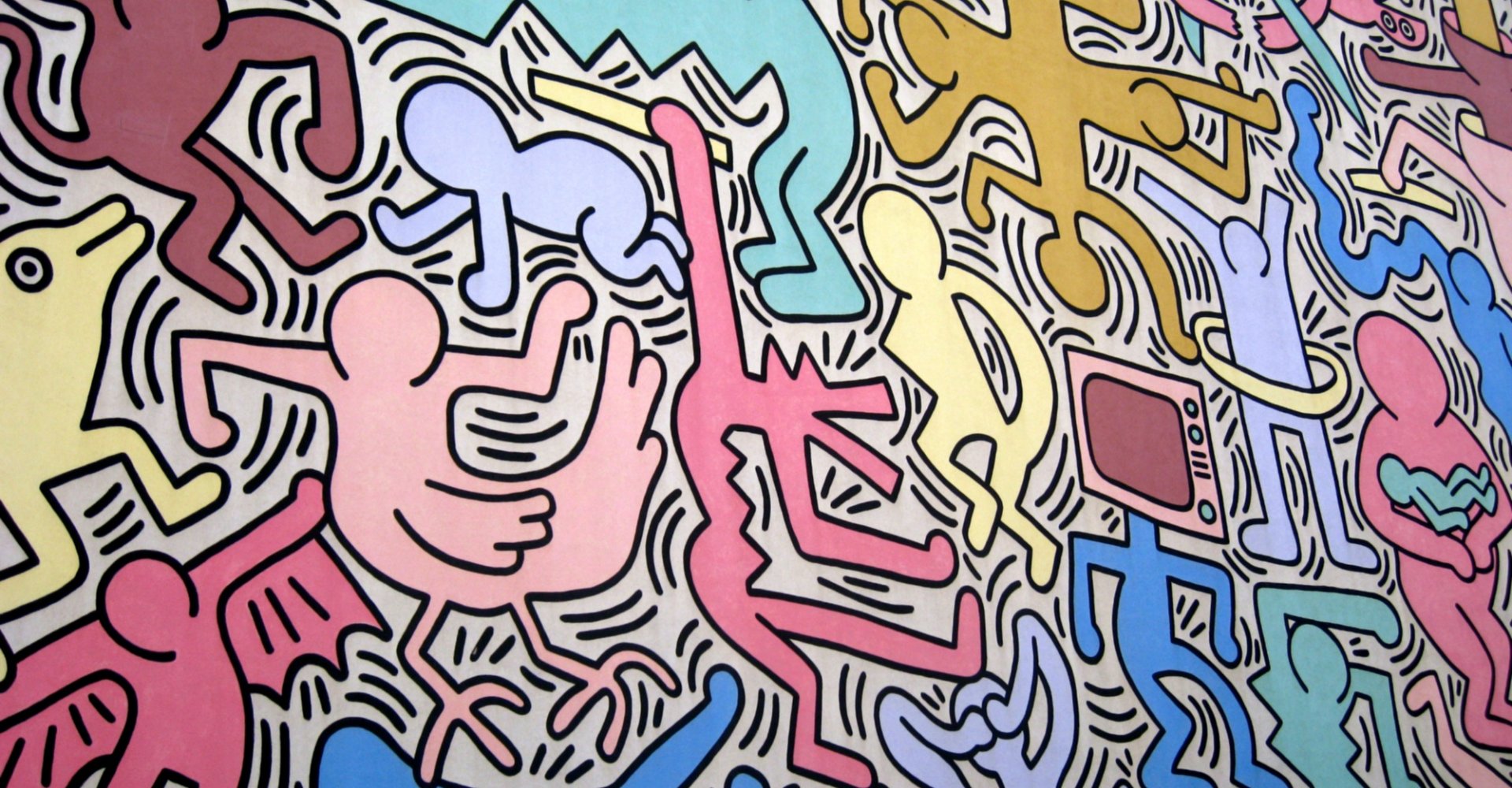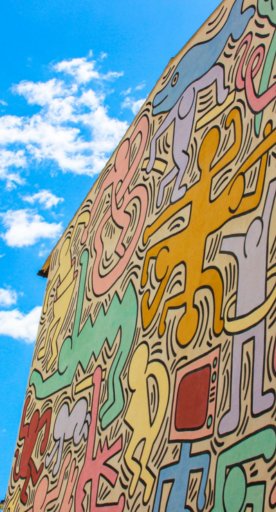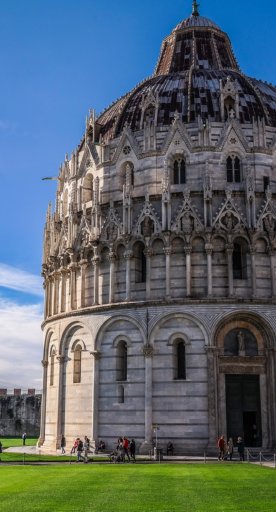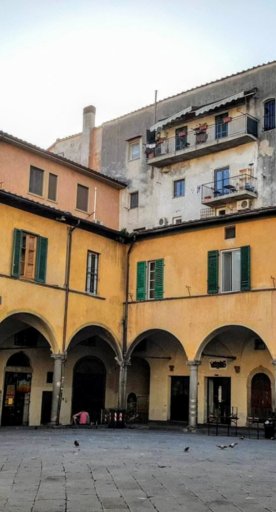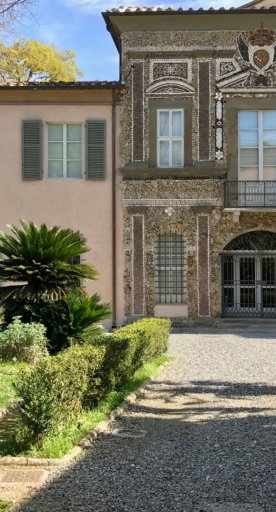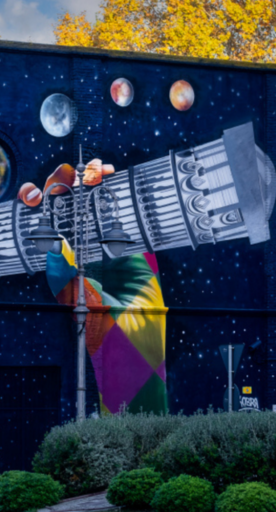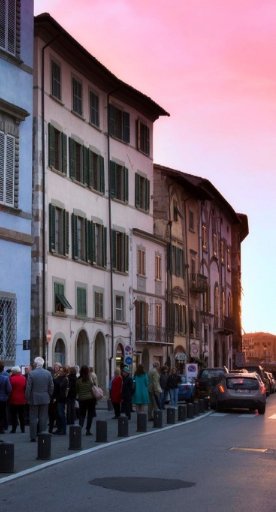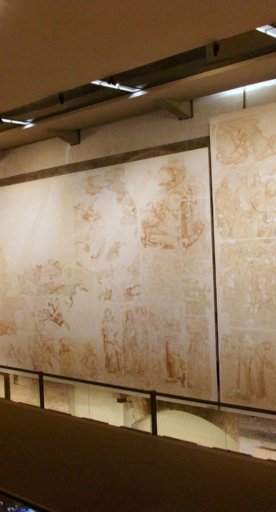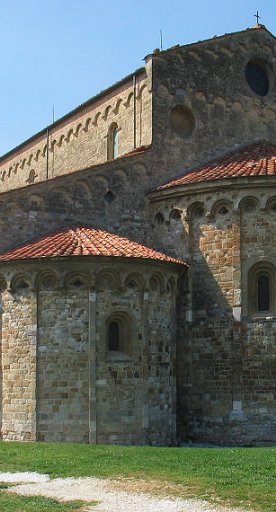Tuttomondo: the mural by Keith Haring in Pisa
A true explosion of colors and a message of peace
Among the most hidden treasures of Pisa, the giant mural by Keith Haring is certainly among them. The colorful Tuttomondo (All the World) is located downtown, a short distance from the station, and is one of the few works by the American graffiti artist that you will be able to admire in Italy: painted in 1989 on the outer wall of the rectory of the Church of Sant’Antonio Abate, with the help of a few students, is a true explosion of vibrancy and color.
The theme is that of harmony and peace in the world, visible through the connections and joints among the 30 figures that, just like in a puzzle, populate the one hundred and eighty square meters of the wall.
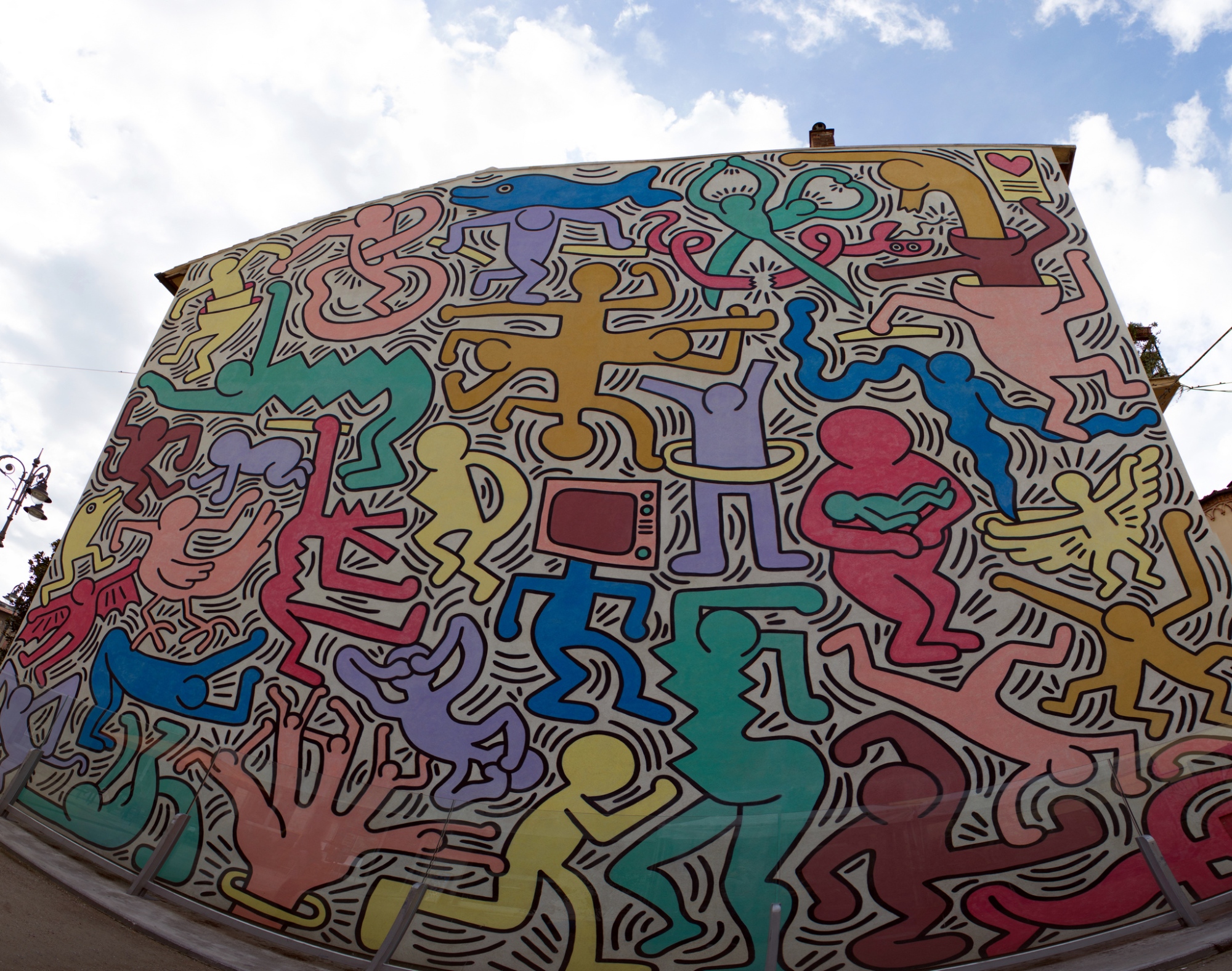
Each character represents a different aspect of the world at peace: the "humanized" scissors are an image of actual cooperation among men to defeat the serpent, that is, evil, which was already eating the head of the figure next door, while the woman holding the baby refers to the idea of motherhood and the two men supporting the dolphin refer to the relationship with nature.
Tuttomondo is also the only work by Haring that had been conceived since the beginning as permanent, not ephemeral and destined to disappear, in fact it took the artist a week to create it, when he usually painted his murals in a single day.
